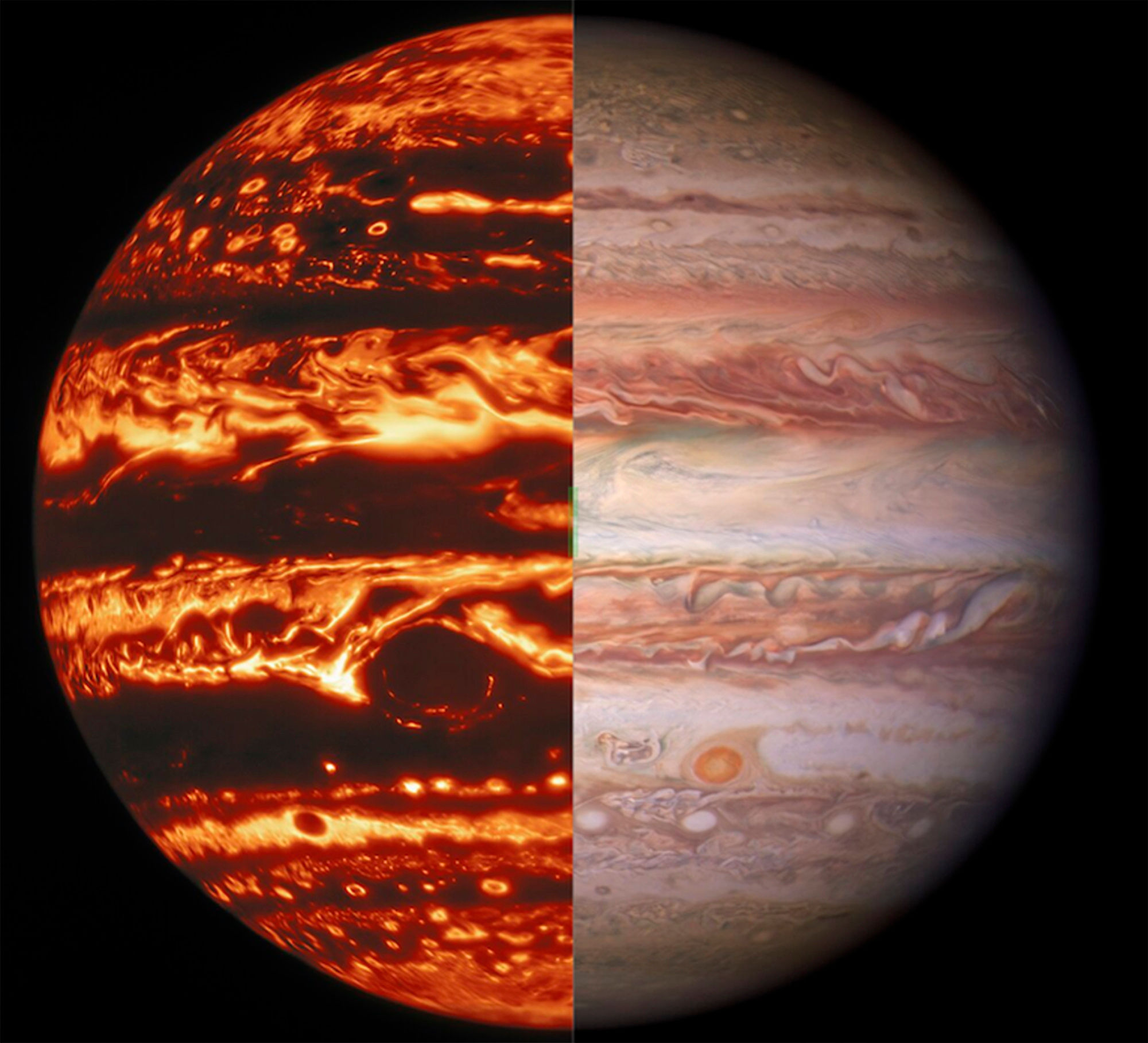A ‘super Jupiter’ orbiting a white dwarf was discovered by space scientists using observations made by the European Space Agency’s Gaia mission.
The discovery comes in the wake of Gaia’s Data Release 3 which happened earlier this year on June 13. The Release gives scientists one of the most detailed studies of what our galactic backyard looks like.
Also Read: Rare planetary alignment to be seen in June nightsky
Martin Barstow, Professor of Astrophysics and Space Science at the University of Leicester and Director of Strategic Partnerships for Space Park Leicester, said that the new Gaia Release data had been moving through the astronomy community like a “tidal wave.” He called it “the most productive observatory we have” and that it was transforming the field of astronomy and “our general understanding of the Universe.”
Also Read: Between stars for 45 years, NASA’s Voyager 1 runs into mysterious trouble
Prior to the launch of Gaia in 2013, only 30,000 binary systems in the galaxy were known to man. With Data Release 3, a new catalogue of over 800,000 binary systems have been logged, along with stellar DNA and a description of ‘starquakes.’ The new data from the Release has expanded the knowledge of astronomers’ understanding of how binary systems operate.
“We have so much more data on binaries with this release and, crucially, that data is so much more precise than what has gone before,” Barstow told ANI.
Also Read: Boeing’s Starliner spacecraft completes ‘historic’ ISS docking in 3rd try
A special discovery
The discovery is made all the more unique given that the observation of exoplanets near white dwarfs is difficult thanks to them not being as big as black holes or neutron stars. Researchers found this ‘super Jupiter’ by analysing the white dwarf WD 0141-675 and identifying an unsteady orbit.
Gaia Observatory is designed for astrometry (the distance, position and movement of stars) and currently sits at a Lagrange Point, 1.5 million kilometres from earth. The aim of the mission is to create an accurate, multidimensional map of our galaxy, the Milky Way.







